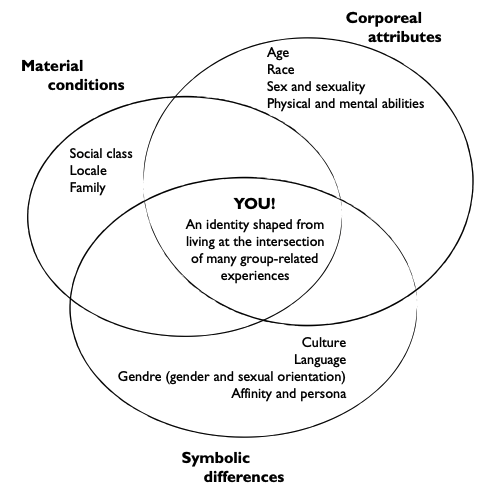The significance of learner differences and the sources of personality
Learners come to school already knowing a lot of things. These things they have learned in an informal way from their everyday life experiences – from their families, their communities, their cultural environment and the things they have done in their lives.
This realm of everyday life experience is called the ‘lifeworld’. The lifeworld consists of the things you end up knowing without having to think how you came to know them. It is the way you end up being without ever having consciously decided to be that way. The lifeworld is not something that is explicit. It is a set of habits, behaviours, values and interests that go without saying in a particular context. The lifeworld goes without saying because it has come without saying. It is made up of things that seem so obvious to insiders that they don’t need saying. Knowledge of the lifeworld does not have to be taught in a formal way. You learn how to be in the lifeworld just by living in it, and this learning is mostly so unconscious that it is rarely even experienced as learning (Husserl 1954).
See Edmund Husserl on the Lifeworld.
Formal learning, by contrast, involves conscious teaching (pedagogy); it is explicit about what needs to be learned (curriculum) and it relies on forms of critical and scientific reflection whose perceptions can penetrate deeply into nature and human experience. By this means, science can see things that are not immediately obvious in everyday, practical life and casual experience. And formal learning can take learners beyond the domain of their everyday lives.
A fundamental challenge for education is to engage with and extend learners’ lifeworld experiences. This immediately poses some fundamental ‘how to’ questions. Just who are these learners? Where do they come from and what do they already know? How does formal school learning connect with, build upon, extend and transform what learners already know from their everyday experience (rather than counter-productively ignore or negate what they know)? What is the role of history, background environment, identity and everyday life experiences in learning? One of the biggest challenges for the educator today is how to juggle the teaching process when learners’ lifeworld experiences are so different.
In this chapter, we discuss the dimensions of lifeworld difference: material (access to social resources), corporeal (bodily realities. such as age, race, sex and sexuality, and physical and mental characteristics) and symbolic (socially constructed realities of culture, language, gender, affinity and persona). We also discuss alternative difference dynamics, or ways in which these differences can be negotiated: exclusion, assimilation, recognition or inclusion – in the broader social domain as well as in schools.
The reason for this discussion is that one of the keys to success or failure in for- mal learning is the distance between lifeworld experience and the culture and dis- course of formal learning (education). Some students come from lifeworlds that are closer to those of formal learning; others come from lifeworlds that are more distant. The language of instruction may not be their mother tongue, the cultural artefacts (such as books and computers) may be unfamiliar, or the ways of speaking and thinking about the world may seem strange and alienating. If some kinds of students do better than others, more often than not it is mostly because of this lifeworld gap. One of the key challenges of education is to bridge that gap.
See Pierre Bourdieu on Cultural Capital.
We explore the range of learner differences according to the following dimensions:
- dimension 1: material conditions – differences of social class, geographical locale and family
- dimension 2: corporeal attributes – differences of age, race, sex and sexuality, and physical and mental capacities
- dimension 3: symbolic differences – of culture or ethnicity, language, gender, affinity and persona.

